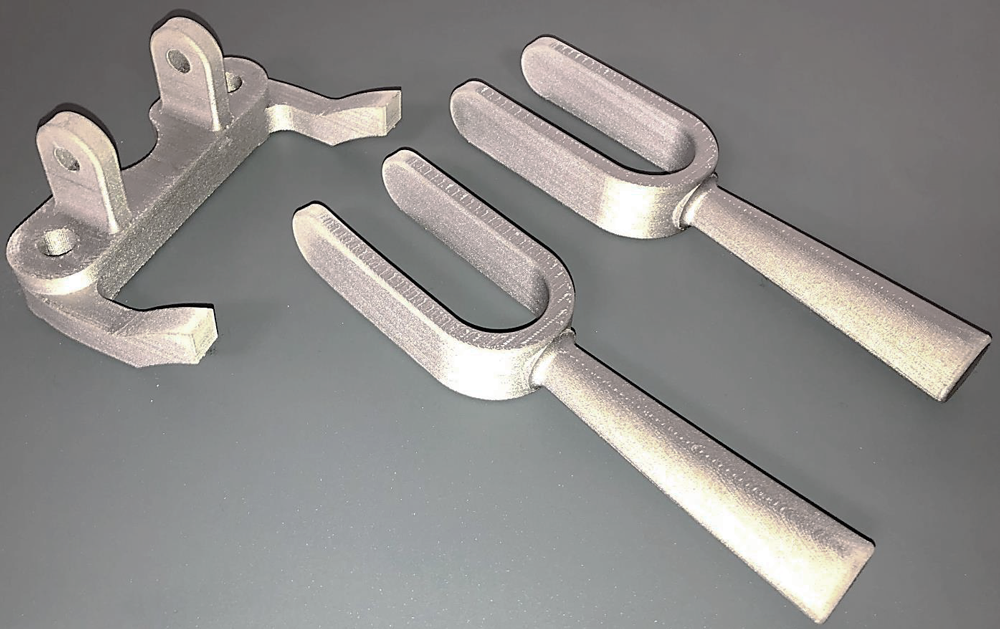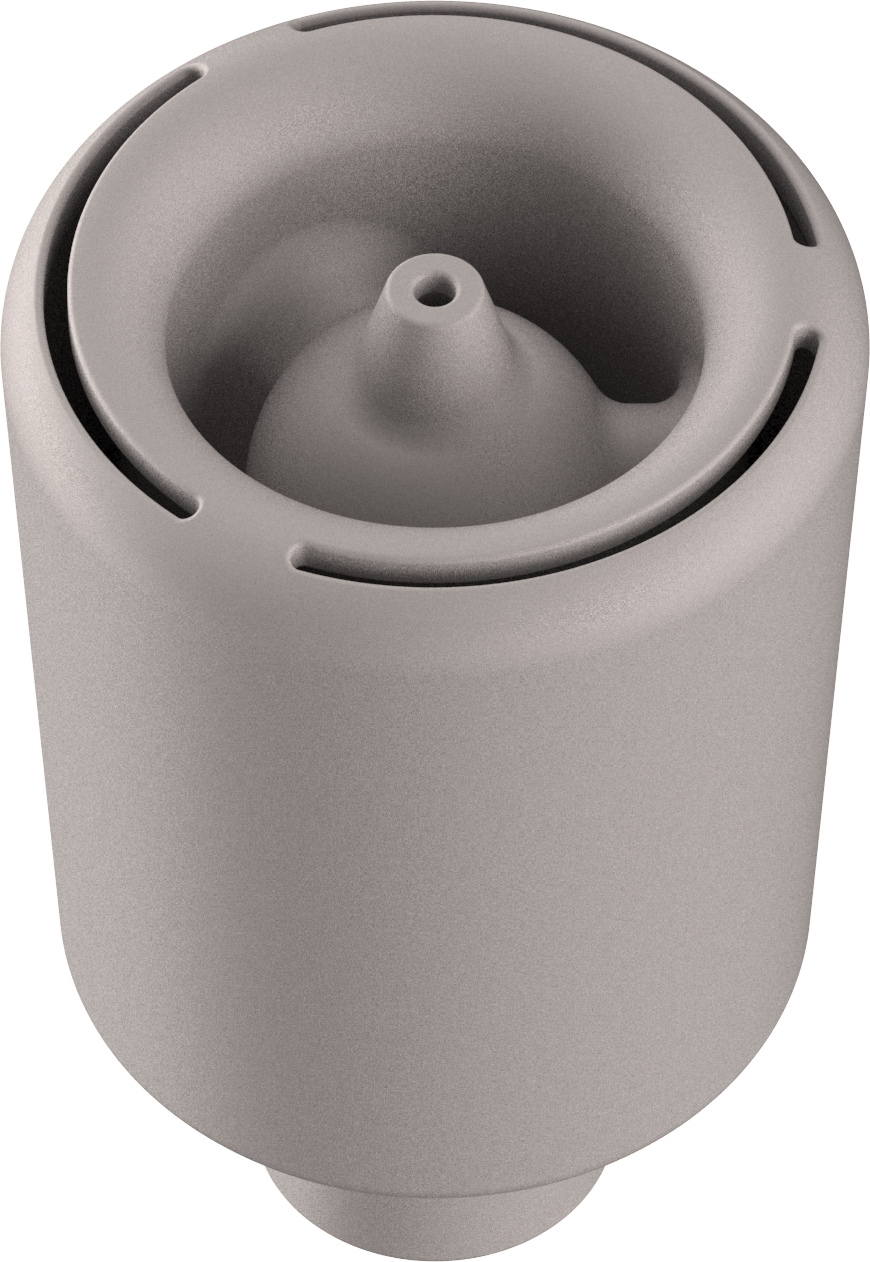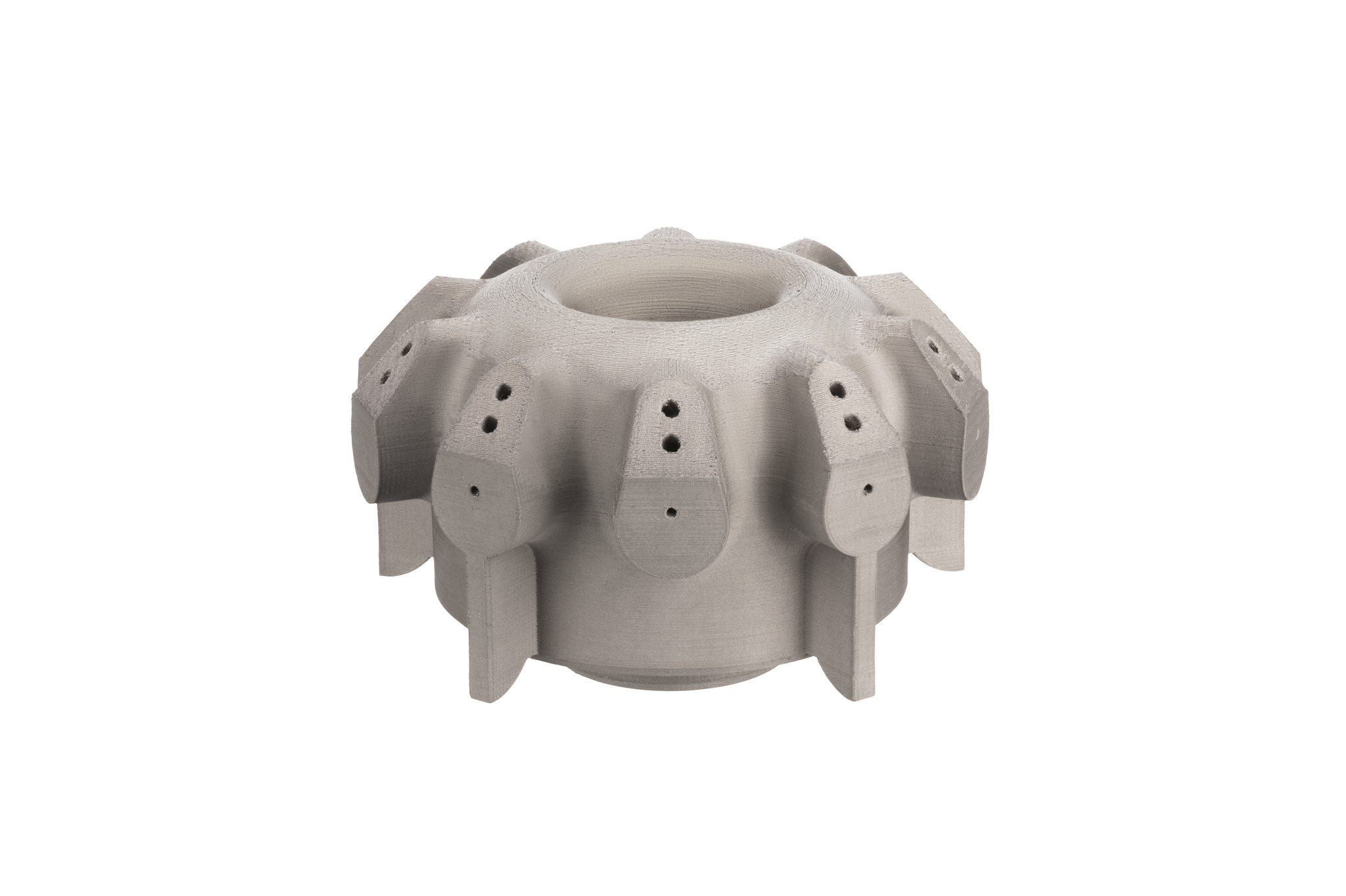“Companies that feel like metal 3D printing is too far in the future…if additive manufacturing adds value to them whatsoever, and they’re not already investing in it, they’re already behind.” – Jason Harjo
3D printing with metal has become more than a trend. Now a mainstay as the industrial revolution via additive manufacturing continues, business owners are enjoying a host of benefits from metal 3D printing—from the ability to produce stronger, lighter parts faster to greater affordability in the end. Now, Koch Industries-owned John Zink Hamworthy Combustion has purchased metal 3D printing technology from Desktop Metal, allowing them to fabricate and optimize parts on-demand as they continue in critical work building emissions control and clean-air combustion systems for facilities around the globe.
John Zink, based in Oklahoma, has been using the Desktop Metal Studio System for a few months now for rapid prototyping and production of small-volume batches. They have been able to test prototypes more efficiently and turn around deadlines faster for replacement parts as required by customers who depend on their systems to meet or exceed emissions standards.
With the ability to 3D print onsite and on-demand, they have eliminated casting tooling—saving on the bottom line and the number of hours spent working—but most importantly, the design and engineering team now has the freedom to create, test, and revise parts on their own schedule, rather than waiting on a middleman (and spending more too). They are also able to create parts that previously were not possible for them with conventional techniques. The new system was affordable and made for an easy transition with no set-up costs, and a turn-key, plug and print concept.
The design team turned to 3D printing so their customers (engaged in applications like energy, oil and gas, vapor control, and more) could look forward to new systems, custom-engineered, eliminating waste, and ensuring better safety.
“Additive manufacturing rewrites the book on what is possible from a design standpoint, and working with Desktop Metal allows us a very low-cost entry point into the technology,” said Jason Harjo, Design Manager, John Zink.
New parts created include:
- Fuel atomizer – saving a whopping 75 percent on the bottom line with the Studio System, the team at John Zink also finished the job 37 percent faster. Atomizers have been in production at their company over the long term to improve the fuel-air mix inside burners, along with offering their customers a way to reduce their impact on the environment. The team was able to prototype, test, and then create a “radical new design” with airfoil-like fins and revised openings for better efficiency. Overall, modifications made to the atomizer design could save customers between $90,000 to $160,000 each year in fuel costs.
- YE-6 burner tip – saving as much as 72 percent on this newly designed part meant to control fuel injection into the combustion chamber, the design team modified a part that has been manufactured by John Zink for 30 years using CNC machining. With 3D printing, they were able to make the new burner in weeks rather than months.
- Laser Gas Nozzle – because the nozzle for the laser cutter they previously manufactured was prone to clogging, the team redesigned it into a streamlined, more complex shape only possible with 3D printing. The first iteration made with PLA melted, but the designers found success using metal that could withstand high temperatures.
- Machine tool handles – new 3D printed designs were printed using metal (3D printed test models make with plastic broke), allowing for easier lifting and placing.
- Safety Shutoff yoke and handles – these parts are actually used as safety equipment on the USS Blue Ridge (LCC-19). No tooling existed for the part previously, so 3D printing the yoke and handles were much more affordable.
“As our designers and engineers continue to explore the possibilities of metal 3D printing, they expect to continue to find new applications for the system, whether to prototype new parts or develop new manufacturing aids,” said Harjo.
3D printing of industrial goods, and especially metal, continues to sweep the world of manufacturing, ensuring better part quality, new developments in technique, and a wide variety of metals.
Subscribe to Our Email Newsletter
Stay up-to-date on all the latest news from the 3D printing industry and receive information and offers from third party vendors.
Print Services
Upload your 3D Models and get them printed quickly and efficiently.
You May Also Like
3D Printing News Briefs, July 2, 2025: Copper Alloys, Defense Manufacturing, & More
We’re starting off with metals in today’s 3D Printing News Briefs, as Farsoon has unveiled a large-scale AM solution for copper alloys, and Meltio used its wire-laser metal solution to...
3DPOD 260: John Hart on VulcanForms, MIT, Desktop Metal and More
John Hart is a Professor at MIT; he´s also the director of the Laboratory for Manufacturing and Productivity as well as the director of the Center for Advanced Production Technologies....
3D Printing News Briefs, June 28, 2025: Defense Accelerator, Surgical Models, & More
In this weekend’s 3D Printing News Briefs, 3YOURMIND was selected to join an EU Defense Accelerator, and PTC has announced model-based definition (MBD) capabilities within Onshape. Finally, a study out...
EOS in India: AM’s Rising Star
EOS is doubling down on India. With a growing base of aerospace startups, new government policies, and a massive engineering workforce, India is quickly becoming one of the most important...





































